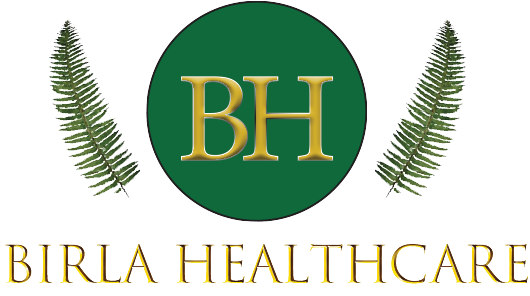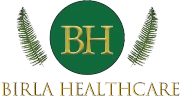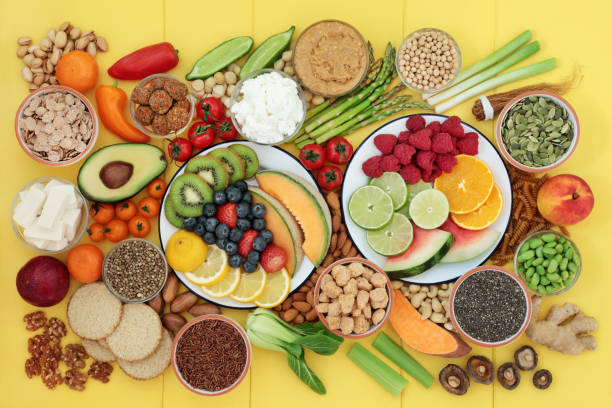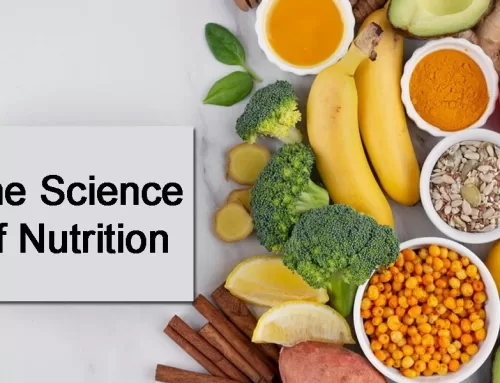People surf the internet looking for a healthy diet and tips. With the plethora of data available on the web, people often get overwhelmed. A lot of questions arise when you see different versions of one topic. So, what does healthy eating mean? Is it just a trend? With the number of healthy eating memes roaming around social media, it has just narrowed down to eating salads and bland food. But there is more to it than meets the eye.
Learn from the master,
Mr Yash Birla, who has garnered abundant knowledge with his experience of two decades in the fitness and health sector.
He says that eating a variety of foods that provide the nutrients you require to maintain your health, feel good and have energy is what healthy eating entails. Examples of nutrients include protein, carbohydrates, fat, water, vitamins, and minerals. Everyone requires proper nutrition. Eating well, when combined with physical activity and maintaining a healthy weight, is an excellent way to help your body stay strong and healthy.
Read this article to get a detailed answer to what does healthy eating mean and things to include in your diet.
- Five major food groups
The five food groups that you are recommended to include in your diet are:
- Vegetables
- Fruits
- Tofu, nuts and seeds, and legumes or beans
- Grains, mostly whole grain or high cereal fibre varieties
- Dairy
Foods are categorised because they contain comparable amounts of key nutrients. Different foods provide different types and amounts of significant nutrients; therefore, it is critical to consume a variety of foods from each food group. Choosing several foods will also help keep your meals interesting, preventing boredom with your diet.
- Healthy fats
According to research, a small number of healthy fats should be consumed each day (around one to 2 tablespoons for adults and less for children). Small amounts of unsaturated (healthy) fats are a significant part of a healthy diet. It is beneficial for:
- Vitamin absorption (A, D, E, and K)
- Reduces your risk of heart disease
- Lowers cholesterol levels if healthy fats replace saturated (bad) fats in your diet.
The best way to incorporate healthy fats into your diet is to replace saturated fat (such as butter and cream) with a healthier, unsaturated fat option (such as olive oil or polyunsaturated margarine).
- Occasional foods
Some foods do not fall into one of the five food groups because they are not required for a healthy diet. These foods are known as ‘discretionary choices’ (also known as ‘junk foods’) and should be consumed on a limited basis. They are typically high in saturated fat, added sugars, added salt, or alcohol, with low levels of essential nutrients such as fibre. These foods and beverages may also be excessively high in kilojoules (energy). Eating more kilojoules than your body requires will result in weight gain.
Follow these healthy diet tips by Yash Birla and if you want to learn more about his secret of fitness, then keep an eye on his upcoming book on health and fitness which will be released soon.








[…] their lives, oblivious to the junk food effects. However, doctors over the world have stated that unhealthy eating habits cause half of all health problems in […]